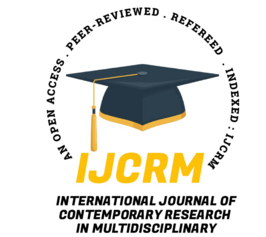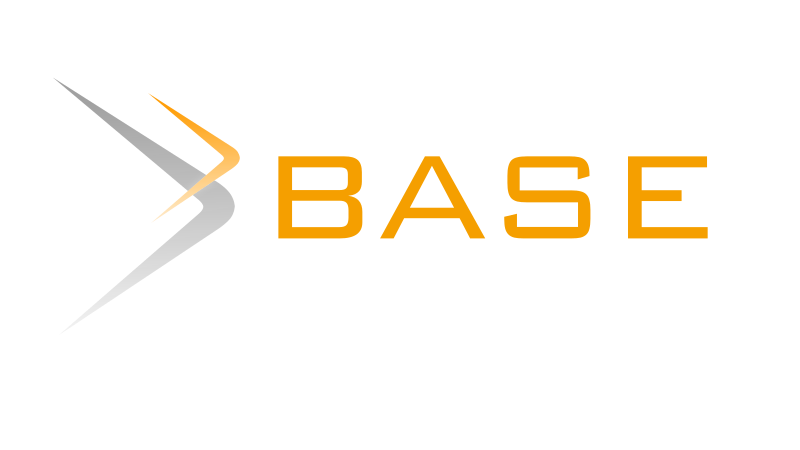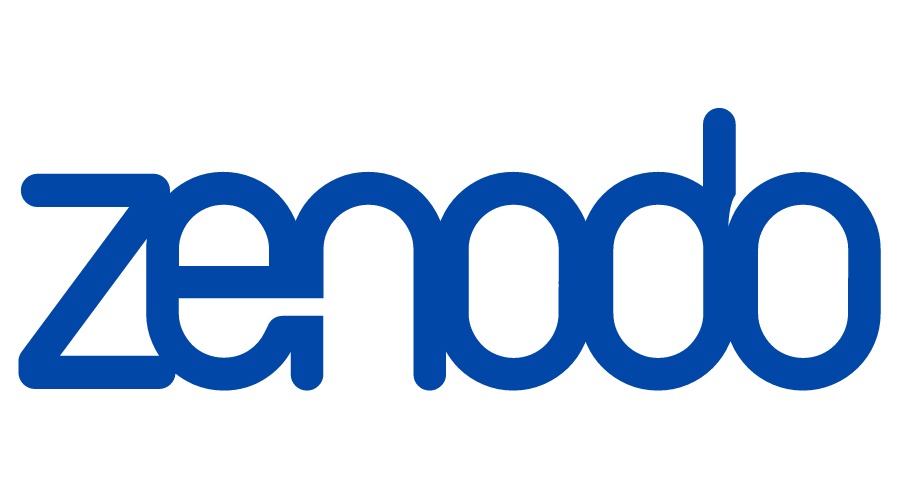International Journal of Contemporary Research In Multidisciplinary, 2025;4(1):118-122
Comparative Effects of Yoga, Brisk Walking, and Resistance Training on Glycemic Control, Lean Body Mass, and Quality of Life in Patients with Type 2 Diabetes Mellitus
Author Name: Dr. Shailaja Patel; Dr. Manojkumar; Dr. Anjali Parmar;
Abstract
Background: Type 2 Diabetes Mellitus (T2DM) is a growing global health concern with significant implications for quality of life (QOL), glycemic control, and lean body mass (LBM). Physical activity is crucial in managing T2DM, yet the comparative effectiveness of different exercise modalities remains unclear. This study examines the impact of yoga, brisk walking, and resistance training on HbA1C levels, LBM, and QOL in individuals with T2DM.
Methods: A total of 30 participants diagnosed with T2DM were randomly assigned to one of two intervention groups: Yoga or Resistance Training plus Brisk Walking. The interventions were conducted thrice weekly over three months. Pre- and post-intervention measurements were taken for HbA1C (glycemic control), LBM (via body composition analysis), and QOL (assessed using the QOLID scale). Data were analyzed using paired and unpaired t-tests, with statistical significance set at p < 0.001.
Results: All three interventions led to significant reductions in HbA1C levels (p < 0.001) and improvements in QOL (p < 0.001). Resistance training showed the greatest increase in LBM (p < 0.001), whereas yoga demonstrated notable improvements in emotional and mental well-being. Brisk walking provided moderate benefits in all measured outcomes. Between-group comparisons indicated that resistance training was superior in enhancing LBM, while yoga had the most pronounced effect on QOL.
Conclusion: Yoga, brisk walking, and resistance training all positively impact glycemic control, LBM, and QOL in patients with T2DM. Resistance training is most effective for LBM improvement, while yoga provides the greatest enhancement in QOL. Brisk walking offers a balanced benefit across all parameters. These findings highlight the importance of individualized exercise prescriptions to optimize diabetes management.
Keywords
Type 2 Diabetes Mellitus, Glycemic Control, Lean Body Mass, Quality of Life, Yoga, Brisk Walking, Resistance Training, Exercise Intervention, Diabetes Management, Physical Activity





